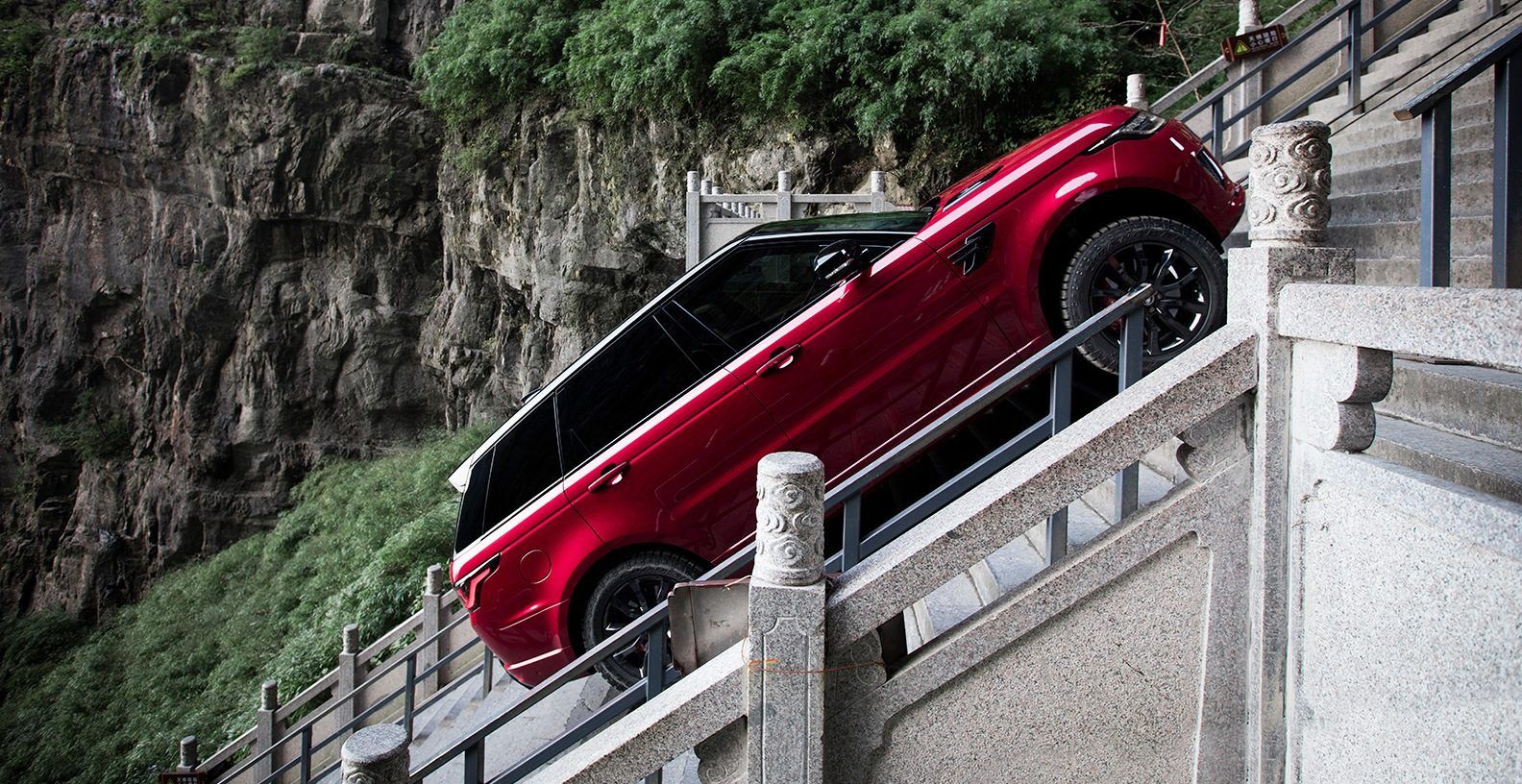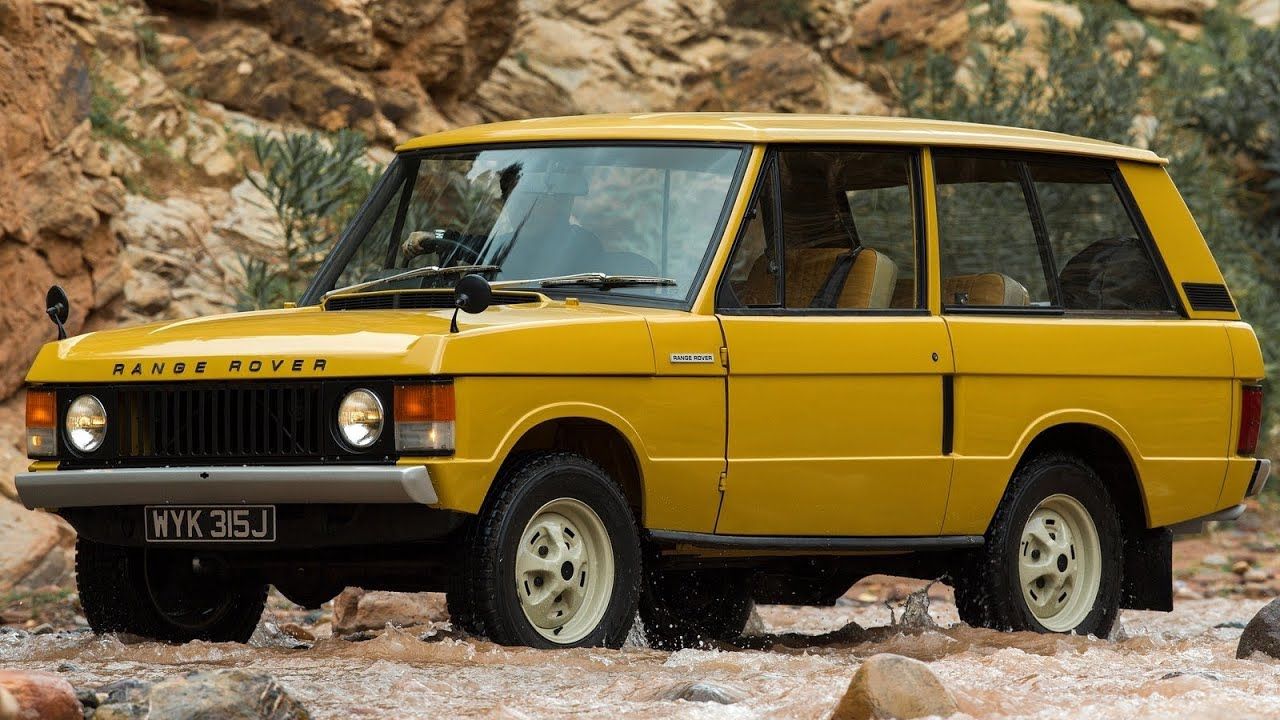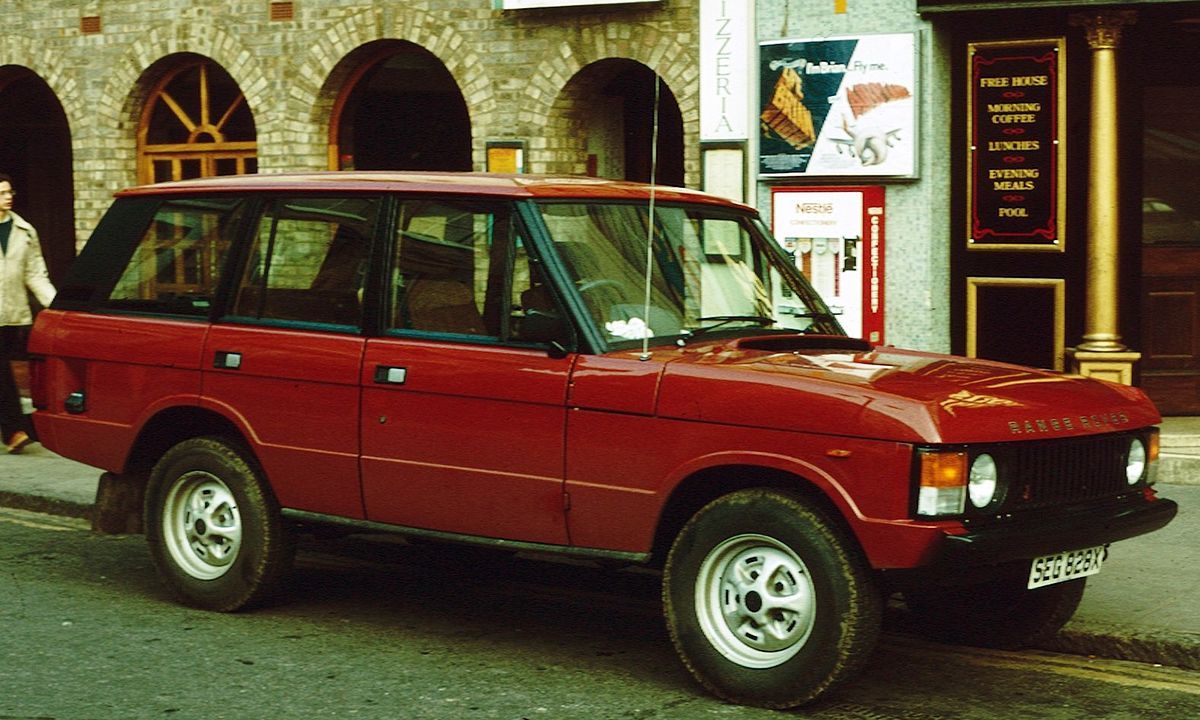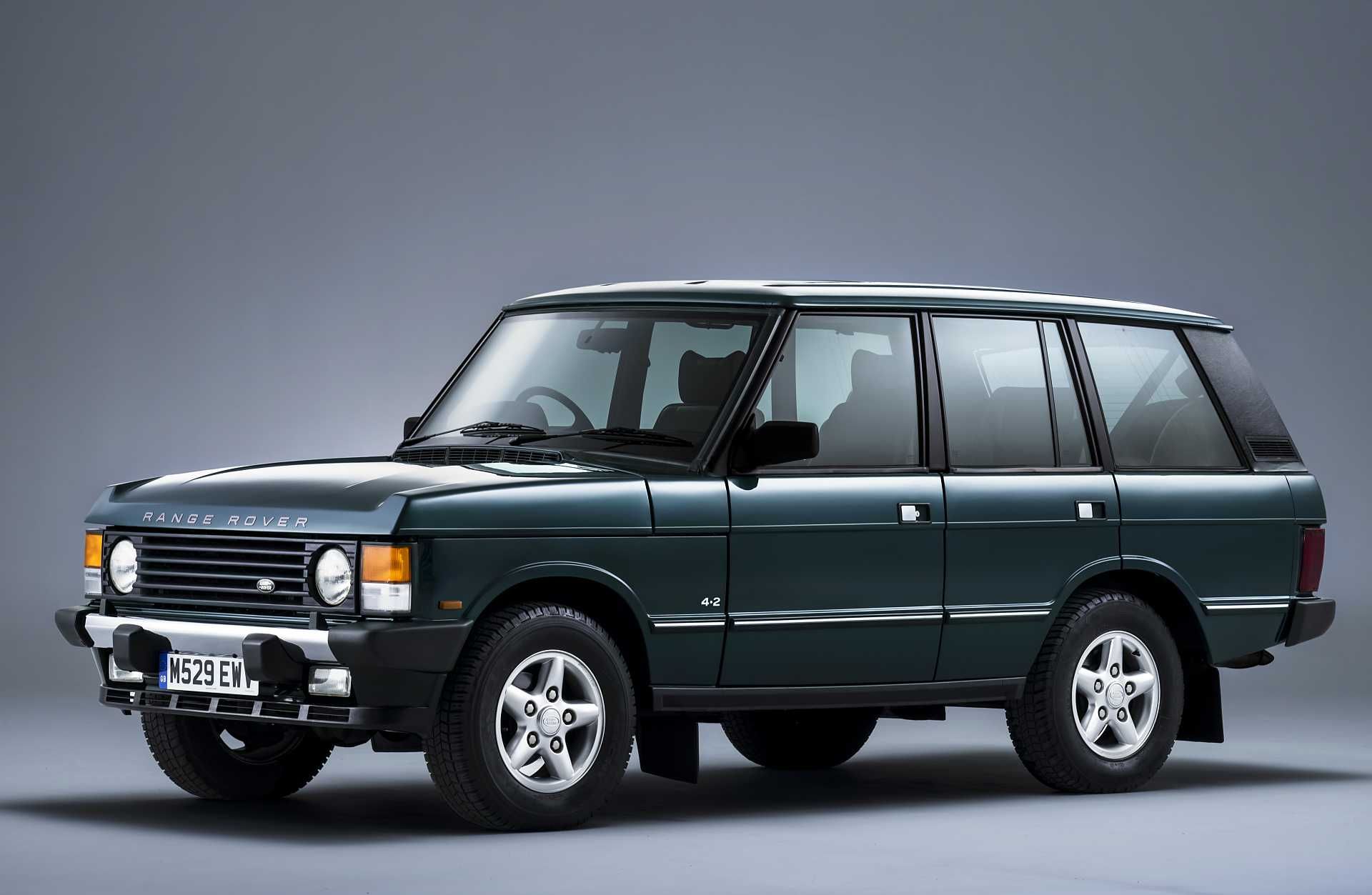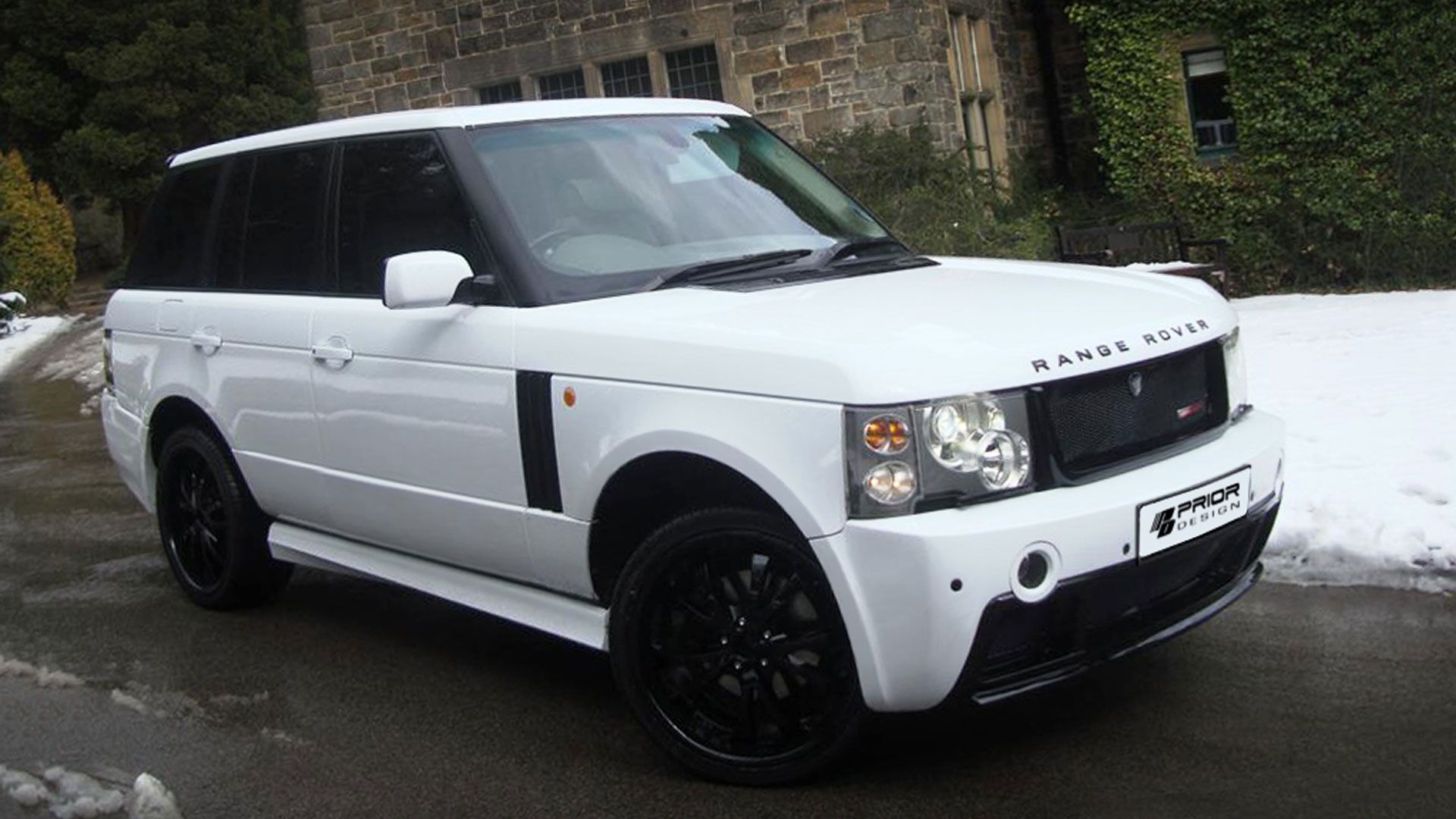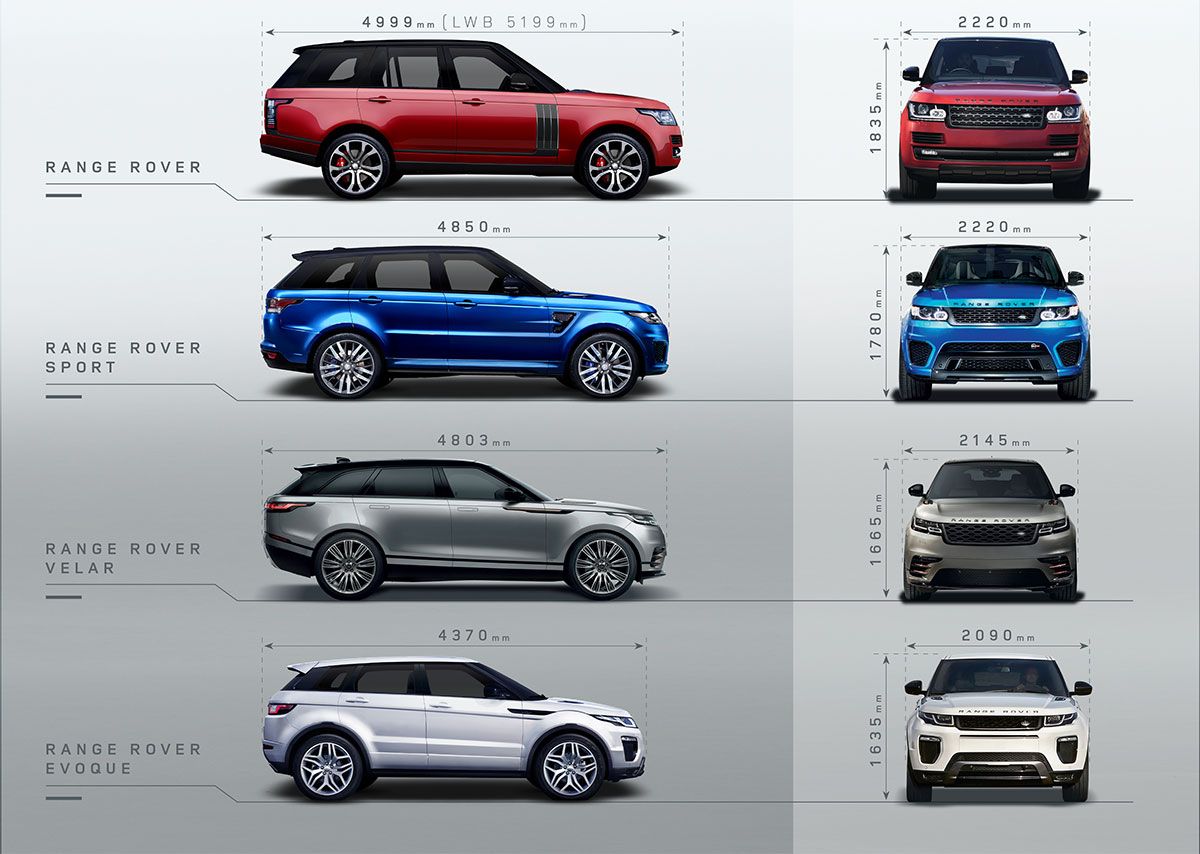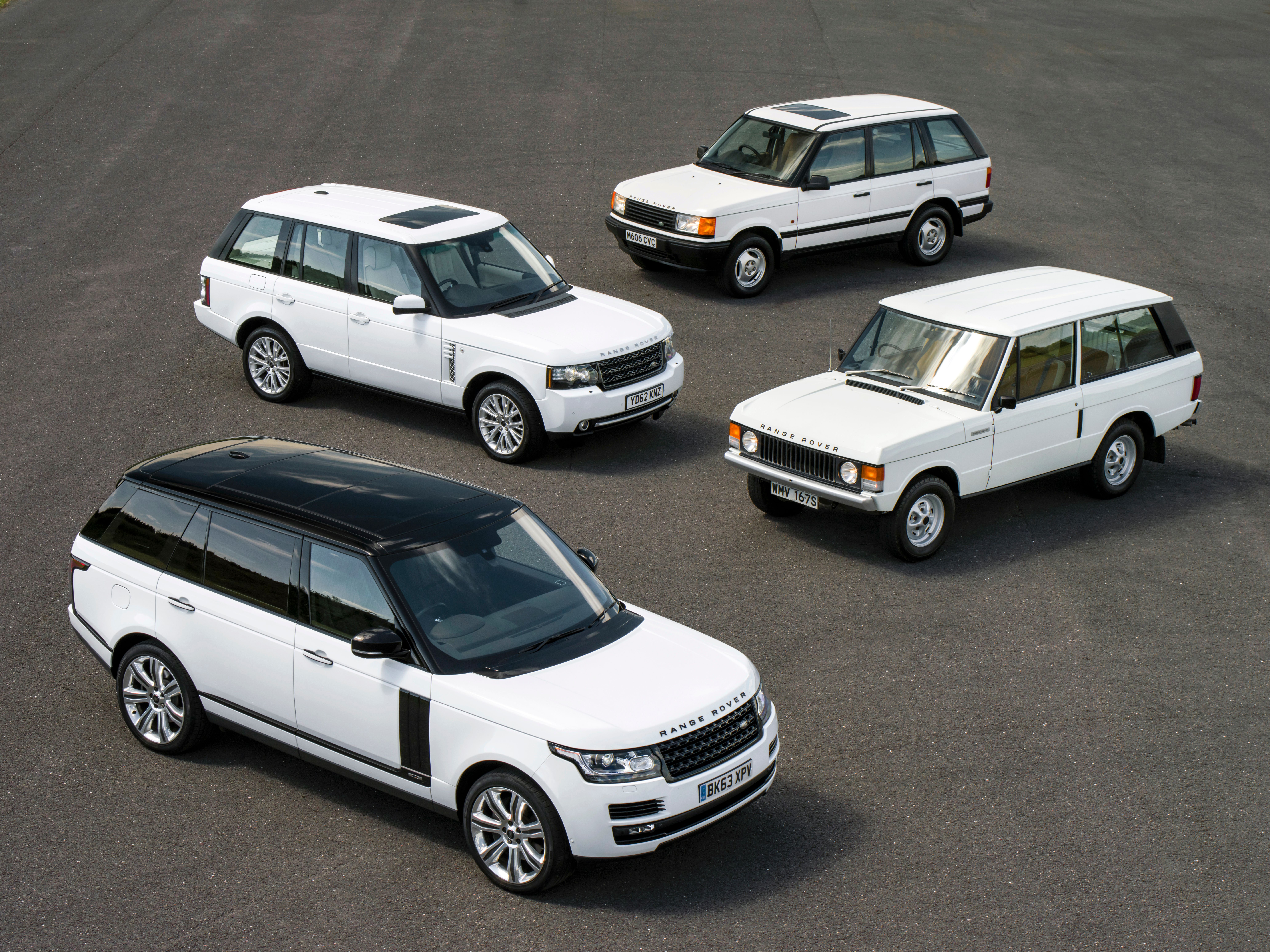The Range Rover. Evocative, enigmatic, inspiring; the most instantly recognizable luxury SUV in the world, the first of its kind, and as old as motoring itself - right?
Actually, with regards to the last two points, not so. In fact, Range Rover as a stand-alone brand name has only been with us since 1970, and the title of 'First Luxury SUV' belongs to an American icon - the Jeep Wagoneer.
In The Beginning
One significant factor in Range Rover's undeniable preeminence is its distinctive shape, which hasn't really changed in fifty years. Much. Rover had toyed with the idea of a larger, more powerful version of its highly successful Land Rover 4WD from 1951 until 1958, when the project went on ice. In 1966 however, Rover design engineers Gordon Bashford and Spencer King resurrected it, building several dozen prototypes over the following four years.
Pre-production Range Rovers bore the name 'Velar', a label taken from the Italian word for veil or cover, and used as a decoy; this was the height of the Cold War, and the British company had no desire to be pipped at the starting post by some rapidly coddled-together 'Rangerovski' copycat version being rolled out by those dastardly Russkies. Today the Velar name lives on in one of the newest versions of the British marque's most famous urban tractor.
Gaining Traction
The original Land Rover had been intended as a military vehicle, but arrived too late for the Second World War. Designed in 1947, it did enter British military service quickly, and its similarities with the US Willy's and Ford jeeps were no coincidence - the Brits shamelessly pinched large parts of the iconic American utility vehicle's blueprint, one prototype actually having a chassis and axles taken directly from a sacrificial research model. Everyone was doing espionage in those days - even Canada had spies! (they were very polite, however.)
The Land Rover became a mainstay of the post-war agricultural and farming scene as well, and the Range was meant as a continuation and upgrade within the same format. It wasn't a luxury vehicle by any measure, the interior running to vinyl seats, with a plastic dash and linings, to facilitate the easy removal of mud, manure, and other unpleasant rural things.
As a high-riding, three-door, split tailgate station wagon with full-time four-wheel-drive, the Range Rover did bring a bigger engine to the party than the Landie's original 50 bhp, 1600cc petrol four-pot, in the form of a 130bhp V8 based on a Buick design that Rover was already using.
The Range also came with coil springs for a comfier ride, and disc brakes all round, but it wasn't until 1981 that a four-door version with a longer wheelbase was introduced. Three years later the eye-wateringly thirsty 3.5-liter V8 got fuel injection for Christmas, boosting its power to 155 bhp, and in 1990 it was bored out to 3.9 liters, producing 182 horses. This climbed again to 4.2 liters, cracking 200 bhp, in 1992, the first year the Range Rover was also offered with a diesel option - the 4-cylinder, 2.4 litre, 111 bhp turbocharged 200TDi.
Taking On The World
Range Rovers were assembled from kits in Australia as well as being built in the UK, but from 1974, despite the successful 1972 British Trans-Americas Expedition, through until 1987, it was only available in the US and Canada as a private import. After that, Land Rover stopped being all huffy about excessive Japanese competition in North America, and started selling Range Rovers there properly.
Caught up in the fallout of the collapse of large swathes of the British car making industry through the 1970s and 80s, the Range Rover name went from being part of Rover, to Land Rover the separate company, to British Leyland (Rover-Triumph Division), to BMW in 1994. In 2000 BMW sold Land Rover to Ford, but the Germans held onto the Rover name until 2006, when Ford finally secured the rights to it. A year later, Ford sold Land Rover (including Range Rover) and Jaguar, to Tata Motors of India. Confused? Relax, it's all sorted now; Jaguar Land Rover today is one big happy family, based in the UK, and it belongs to the Indians, who also own the rest of Great Britain.
Under the BMW aegis, Range Rover's second generation hit the roads and trails, adding a 2.5-liter, 143 bhp six-cylinder BMW diesel option, along with further interior refinements. The Range was still a farmers' car - but very much intended for the, shall we say, 'corporate' form of agrarian.
Modern Trends
Today, Range Rover is available in four distinct models. There's the Classic, known simply as Range Rover. Then there's the Sport, the Velar, and the Evoque. The Classic is, well, classic. The Sport is nearly the same, but sits just a little lower. LOWER? This has caused a few raised eyebrows among aficionados, because one of the defining features of the Range, has always been its ability to stand tall amongst the traffic.
The Velar is smaller again, sharing much under its skin with its JLR stablemate, the Jaguar F-Pace; and the quite ridiculously small Evoque (controversially counterfeited by the Chinese), which looks likes a Mini Clubman, with Range Rover badges.
What the new Ranges do offer is a splendid selection of massive grunty donks, and a heap of different specifications, including numerous trim options, and bespoke upgrades from the likes of Overfinch and Hamann.
A choice of 10 powerplants (model and trim level dependent), all of them supercharged or turbocharged, plus sparky and hybrid drivetrains, includes 2.0-liter, 3.0-liter, 4.4-liter, and 5.0-liter, in 4-cylinder, straight-six and V6, and V8 configurations, with diesel and gasoline options, covering the spectrum from 258 bhp all the way to 565 bhp.
Range Rover is looking as good for the next fifty years, as it has done for the past fifty.

